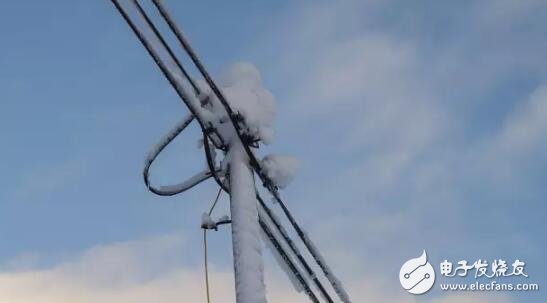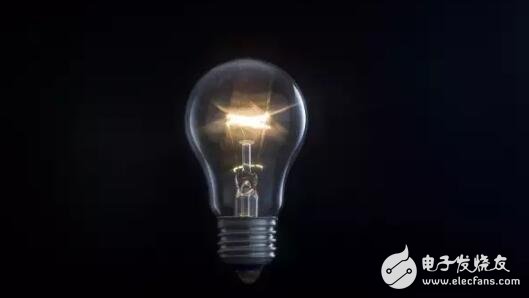Abstract: The quality of power quality is already related to our daily life. So what are the problems in power quality in life? What harm does it have? What are the three elements of power quality? Power quality refers to the quality of the AC power supplied to the subscriber through the utility grid. The ideal utility grid should supply power to the user at a constant frequency, sinusoidal waveform, and standard voltage. At the same time, in a three-phase AC system, the amplitudes of the voltages and currents of the phases should be equal, phase symmetrical and 120° out of each other. However, due to the nonlinearity or asymmetry of the generators, transformers and lines in the system, the nature of the load is variable, and the control measures are imperfect and the operation, external interference and various faults, etc., the ideal state does not exist. Therefore, various problems in the operation of the power grid, power equipment, and power supply and the like are generated, and the concept of power quality is generated. Understanding the meaning of power quality, from different perspectives usually includes: (1) Voltage quality: It is the deviation between the actual voltage and the ideal voltage, reflecting the concept of whether the power supplied by the power supply enterprise to the user is qualified. This definition can cover most power quality problems, but it cannot include power quality problems caused by frequency, nor does it include the impact and pollution of power equipment on grid power quality. (2) Current quality: reflects the change of current closely related to voltage quality. In addition to the constant frequency and sinusoidal waveform requirements of the AC power supply, the power user also requires the current waveform to be in phase with the supply voltage to ensure high power factor. run. This definition contributes to the improvement of grid power quality and the reduction of line losses, but does not summarize most of the power quality problems caused by voltage. (3) Power quality: The technical meaning refers to voltage quality and power supply reliability, and non-technical meaning refers to service quality. Including the speed of the power supply company's response to user complaints and the rationality and transparency of the price of electricity. (4) Quality of electricity: including the current quality and the rights, responsibilities and obligations of the electricity consumers in the interaction and influence of the power supply and supply, and whether the power users pay the electricity fee on time and in full. The voltage, also called the potential difference or potential difference, is a physical quantity that measures the difference in energy produced by the unit charge in the electrostatic field due to the difference in potential. The size is equal to the work done by the unit positive charge moving from point A to point B due to the electric field force, and the direction of the voltage is defined as the direction from the high potential to the low potential. The international unit of voltage is volt (V, volt for short), and commonly used units are millivolts (mV), microvolts (μV), kilovolts (kV), and the like. Represents the shape and form of the signal. This signal can be the movement of the wave on the physical medium, or it can be an abstract expression of other physical quantities. The frequency is the number of times the periodic change is completed per unit time, and is the amount describing the frequency of periodic motion, which is usually expressed by the symbol f or ν. (1) The power quality of the power system is always in dynamic change. The power from power generation to user consumption is a whole, the flow of electric energy is always in dynamic balance, and with the change of power grid structure and load change, power quality phenomena and indicators are often different at different moments and different connection points. That is to say, the power quality status of the entire power system is always in dynamic change. (2) The power system is a whole, and its power quality conditions affect each other. Electrical energy cannot be stored in large quantities, and its production, transportation, distribution, conversion, and consumption are almost simultaneous. Obviously, it is impossible to replace the electrical energy during the operation of the power system. The electrical connection will be constructed into a whole for both the power supply and the electricity. Regardless of which link causes power quality problems, it will be related to the relevant distribution network and equipment as well as the power users. With more than 15+ yrs rich MFG experience, you can definitely trust in and cooperate with. infrared thermometers wholesale, forehead thermometer wholesale,wholesale thermometer suppliers TOPNOTCH INTERNATIONAL GROUP LIMITED , https://www.micbluetooth.com

Provide you with the supply of Personal Protective Equipment. to help you safely get back to your daily routine.
Our products include pulse Oximeter Finger, Forehead Thermometer, Automatic foam soap dispenser, etc.
Our strict quality control protocol thoroughly vets every aspect of production, storage, and shipments all the way way to our end customers.